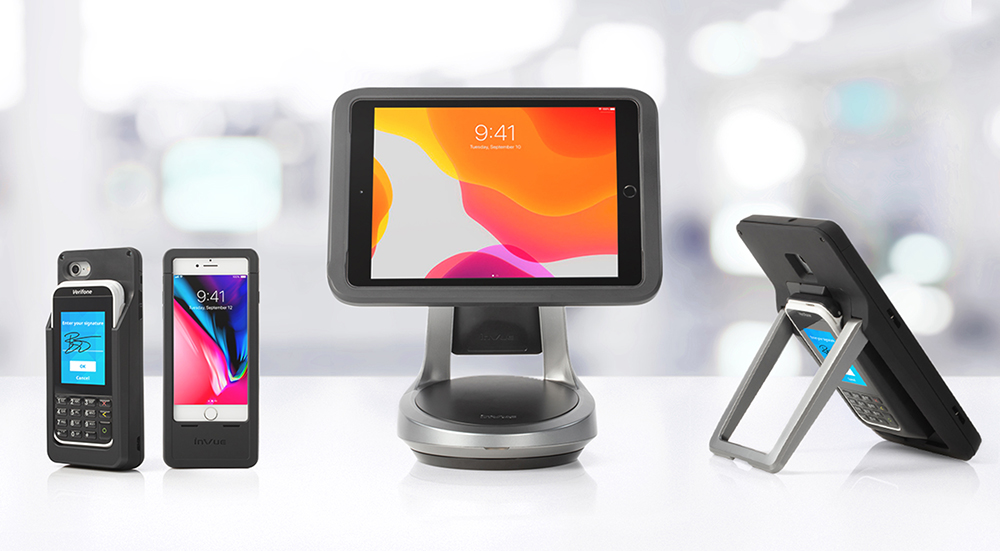Retailers going cashless
As the retail sector continues to grapple with the ever-changing landscape of coronavirus, more and more stores are opting to go cashless in the interests of health and hygiene.
But long before that Australians were shifting away from cash. So, what’s prompting the spike and how can you accommodate the trend?
Cashless already rising
Long before Covid-19 became a daily headline, Australians were moving away from cash.
Last year a white paper from the Commonwealth Bank indicated Australia was the sixth most cashless society in the world, with Reserve Bank of Australia statistics noting each individual made on average more than 500 cashless payments a year.
The Global Mobile Payment Methods 2019 report further predicted this put Australia on track to be entirely cashless by 2022. The Commonwealth Bank was more circumspect, noting that critical point was more likely to occur in 2026.
Regardless of when we become truly cashless, the trend away from notes and coins is steadily increasing.
RBA statistics indicate:
- In 2007, 69 per cent of transactions were made using cash, while 15 per cent involved debit cards, and 11 per cent used credit cards.
- In 2013, 47 per cent of transactions were in cash, 24 per cent involved debit cards, and 19 per cent were via credit.
- In 2019, card usage had drastically increased, with only 27 per cent of transactions made using cash, 44 per cent via debit card, and 19 per cent via credit.
“The decline in cash payments quickened with the introduction of ‘contactless’ or ‘Tap and Go’ convenience in 2013, which accounted for 60 per cent of point-of-sale card payments in the 12 months ending Nov 2013,” the Commonwealth Bank explained.
COVID-19 spurs on the cashless increase
With retailers and customers now more attentive to hygiene than ever before, one trend many retailers, hospitality providers and businesses have looked to embrace is cashless transactions, in particular those which are contactless.
In the current climate, Tap and Go payments allow customers and staff the opportunity to avoid unnecessary touching of surfaces, including the pinpads on EFTPOS machines.
That’s prompting some retailers to adopt cashless as the preferred payment method, while Australian Medical Association president Tony Bartone told The Australian: “Cashless options would potentially reduce the extent of possible transmission”.
How to go cashless quickly
Retailers now have more tools at their disposal than ever before when it comes to adopting payment technology which facilitates cashless transactions.
From mPOS software and associated card readers to bank facilitated payment processors and third-party payment terminals, there are a wealth of options currently available that can readily be integrated with your mobile Point of Sale.
The NE360
Vitag now also has a suite of hardware to make the transition to mPOS and cashless payments even easier.
Built for commercial use, the NE360 is a range mPOS hardware products designed to accommodate any device, any payment, anywhere.
It offers retailers, hospitality providers, and customer service entities the flexibility to choose hardware that perfectly suits their needs now, as well as the flexibility to grow.
With the option to use smart phones or a tablet of your choosing as the mPOS, NE350 also offers innovative ways to incorporate a cashless payment processor into your Point of Sale.
You can read more about the NE360 and other associated mPOS hardware here.
